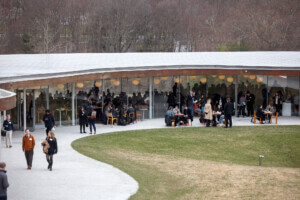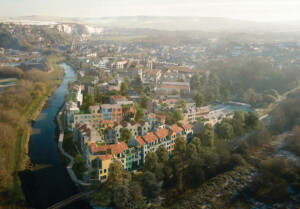I am obsessed with soil and water, the veritable stuff of life. This is somewhat unusual for an architect, especially one educated in the South in the late 1970s when the solution to nearly every architectural problem involved vast expenditures of energy and materials. Buildings, in other words. This is how we were taught. But I knew even then—when I didn’t know much—that there had to be a more profound way to look at architecture, place, and our connections to the land. So, after decades of practice and hundreds of projects, I kept circling back, through trial, error, and a process of humble and honest discovery, to soil and water. It was, in a sense, like circling back home.
I grew up in the small, rural town of Crowley, Louisiana, in a state at the end of a vast, continent-spanning watershed that emerges from the Canadian provinces and covers a large portion of the United States. Before constructing the levees and channeling of the river, the Mississippi’s wild and dynamic flow meandered over the landscape each spring, depositing different soils with their unique characteristics and creating and replenishing land. Over the past century, this essential cycle has been broken.
Still, those deep connections between architecture, ecology, soils, and the land became a primal concern. Farming was the primary industry in Crowley: rice, soybeans, and crawfish were part of the economy and the culture. It was a beautiful place, where two land conditions meet and mingle to create a third place, where the low hills of the Acadia Prairie in the north meet the bayous and marshes of the South. Louisiana is also home to hundreds of oil refineries, plastic, and chemical plants. Our state has a century-old history of lax environmental regulations and alarmingly high cancer rates. Virtually all of us who live here have been touched. I lost a sister to cancer and have long believed that our long legacy of pollution played a role in her tragic and premature death.
One of my earliest childhood memories, growing up along the bayou, was watching an open-cockpit crop duster spew pesticides on the farmlands below. DDT had not yet been banned, which was likely what was gushing out of the plane’s nozzle. At the time, no one questioned it. This was an accepted way to control nature. It wasn’t until years later that my father and I made a connection between the mysterious disappearance of the blackbirds and their reappearance years later, in huge flocking waves—a remarkable aerial dance—once the deadly chemicals had been banned.
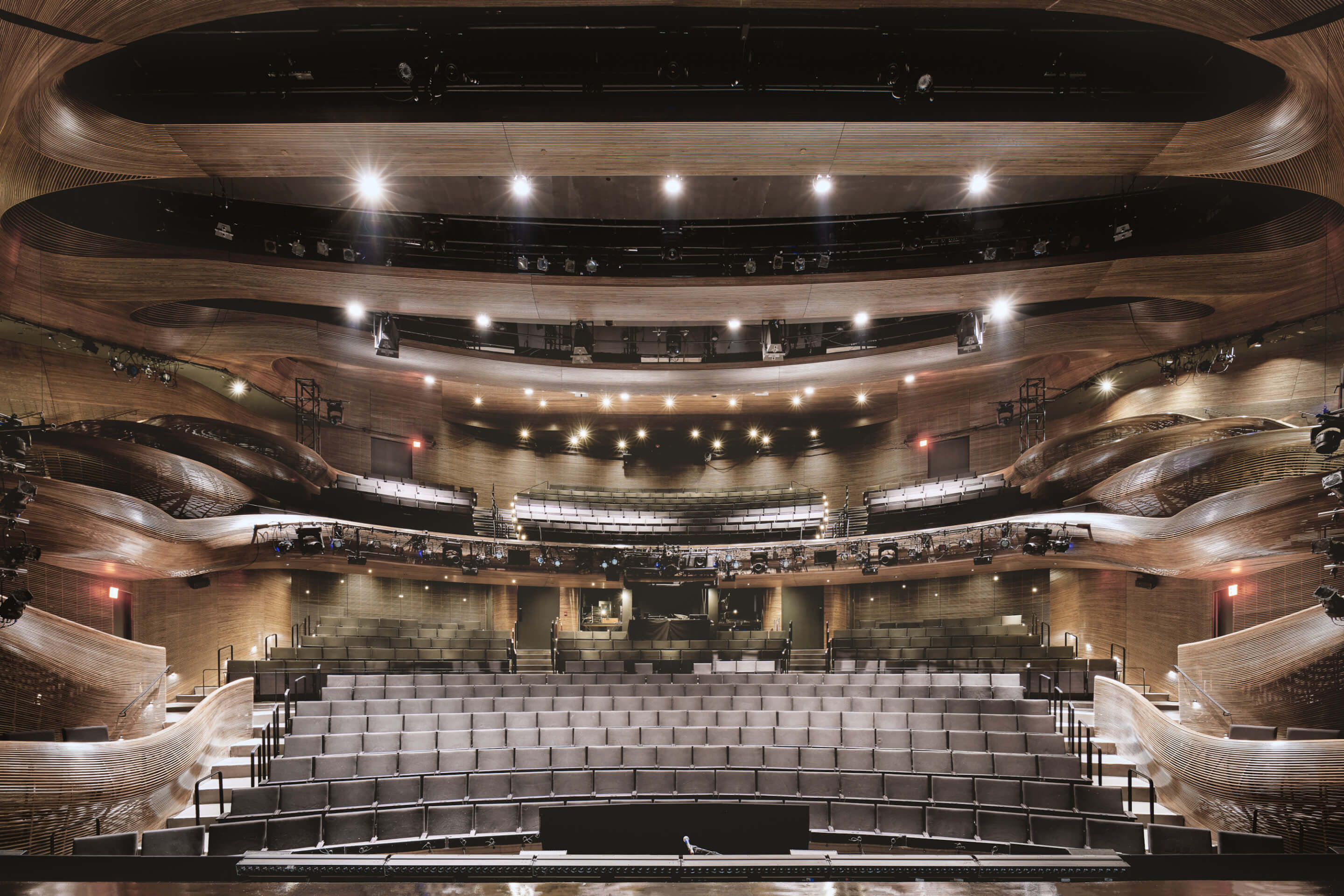
Concern for the land has taken on new urgency in recent years, as Louisiana loses about a football field of land to the Gulf every hour due to sea-level rise and subsistence. Moreover, our state is sinking at a rate of about an inch a year. Given these circumstances, how can we turn a blind eye to the health of our remaining soils, the repository of all living matter? How can we refuse to recognize water as an ally, a lifeline, rather than as a threat to be kept at arm’s (and levees’) distance? That Louisiana paradox—caught between land and sea, birth, and death—is why much of our research inevitably begins in the ground.
At its most essential, our goal as architects is to create work that promotes peace between and within people and the land. What does “Peace Architecture” mean in practical terms? It means that before building, we must first embrace our responsibilities as stewards of the earth. At the outset of each project, Trahan Architects asks a series of questions that focus on striking the proper balance between building and site: Who lived here? What happened on this land? How healthy is the watershed? Exactly how much “architecture” is appropriate here? What are the conditions of the soil – the only grounds upon which peace can lastingly be built? This is an approach rooted in place. For the Louisiana State Museum and Sports Hall of Fame, we studied the type of soils in the Natchitoches region and looked at how those soils in a flowing river stratify, how their coarseness and particle size results in a unique depositing and scouring, and how those results in the unique meandering of a waterway. We then applied that to a small circulation loop in downtown Natchitoches and how people moved along the street and along its adjacent waterway. And so, a deeper understanding of the soil type, at the scale of a particle, informed the interior circulation of the museum.
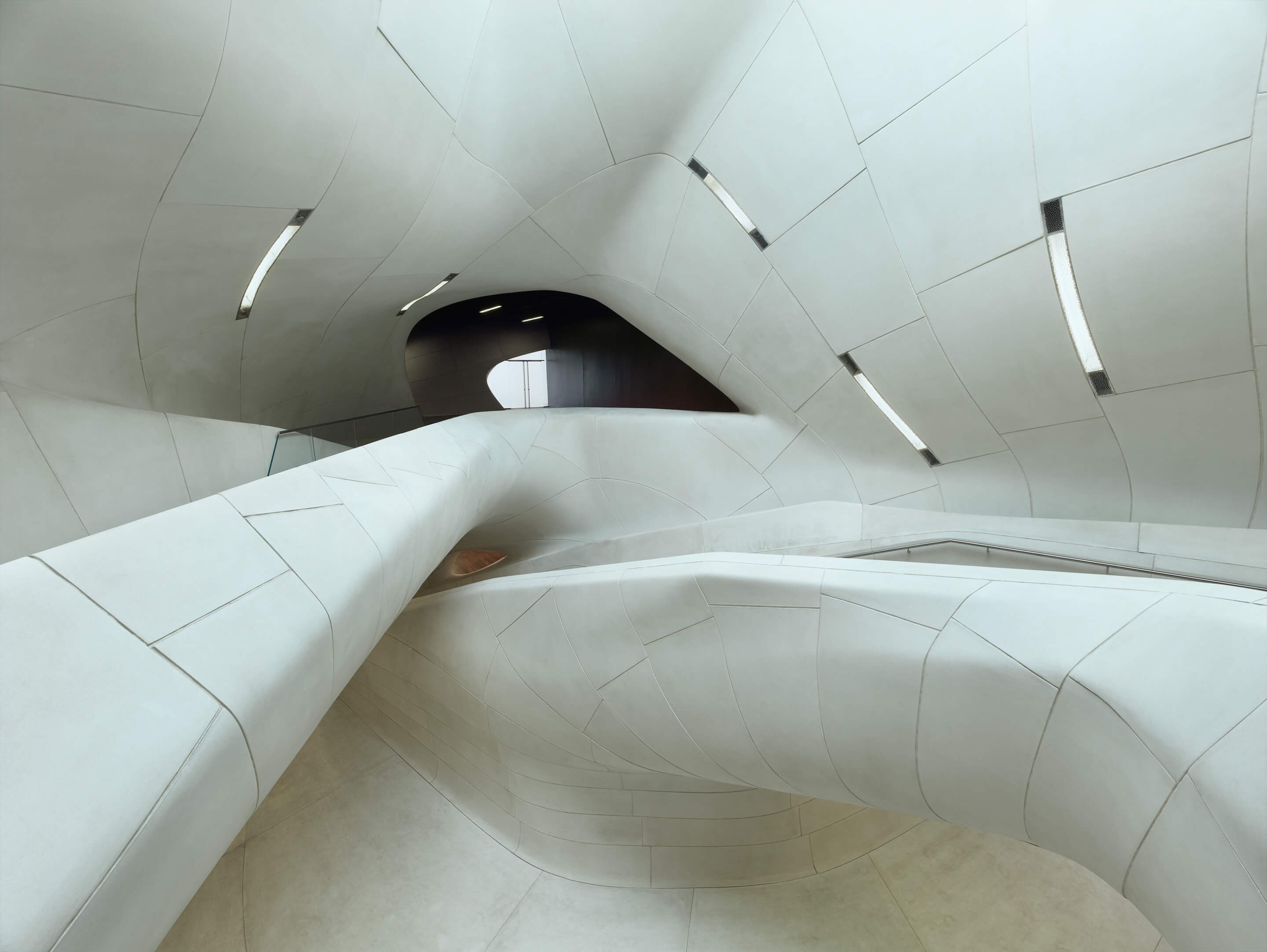
Architecture can indeed divide, oppress and discriminate. But it also possesses the unique power to connect, elevate and heal. I know this from first-hand experience. Our firm has designed many places of worship, each a deeply reflective and rewarding experience, each a humbling search. An early project, St. Jean Vianney, a small chapel on a very modest budget with clean details and honest materials, used natural light to center the congregation in an intimate dialogue between themselves, God, and nature. These projects helped us to expand the definition of beauty, beyond mere bricks and mortar, to include humility, justice, kindness, and faith. Those values, I’m convinced, carried over into other projects as well. Following Hurricane Katrina, we were tasked with helping to restore the Superdome (the ultimate secular cathedral), a scarred place of both chaos and refuge for almost 30,000 New Orleanians. Repairing that site, a place of connection, gathering, and community (not at all unlike the churches we’ve worked on), was an essential step in the city’s post-storm recovery. The rebuilt and rechristened Superdome, one capable of creating new stories, became a potent symbol of healing and renewal.
For too long, architecture was seen as a purely material pursuit, the stuff of glass and steel, a measured world in an immeasurable universe. It was about using technology to conquer and tame nature, to channel its raging rivers; it was about using space to corral, contain and control its marginalized citizens. The scope of these inquiries can be vast, encompassing everything from ethnographic research, cultural anthropology, forensic architecture, land management, and conservation to restoration, environmental and racial justice, and authentic community engagement. And they apply equally to cities, where the interconnected ecology includes people, climate, transportation systems, infrastructure, the urban and community fabric, all of which will come in intimate contact with our emergent building. These sites, too, are parallel opportunities for healing and connection and bring with them unique ecologies and a similar sense of shared responsibility and stewardship. Therefore, an essential first step in creating architecture that promotes peace, that heals and inspires, must be an honest accounting of the past—a reckoning, if you will. Architects, acting as cultural archaeologists, have the opportunity to unearth and acknowledge these truths and build new structures as a result.
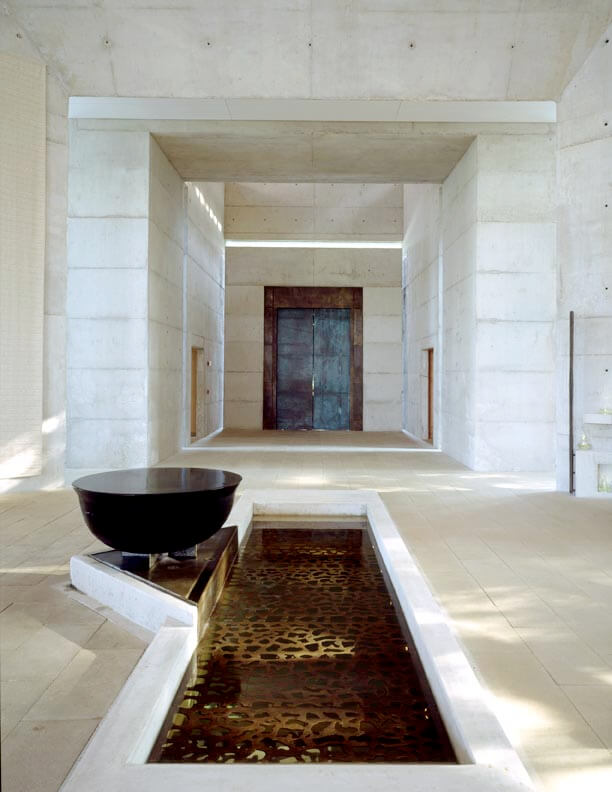
We live in an era when the act of architecture is met with suspicion: Who are we designing for? Who does our work privilege? Who does it harm? Is it even necessary? All are valid questions. Embedded in those truthful and often profoundly uncomfortable encounters are unique opportunities to learn about and reflect upon space and place and carve out new pathways toward informed action that lead to greater equity, justice, and healing.
Victor F. “Trey” Trahan, III, FAIA, is an American conservationist and philanthropist and the founder and design principal of Trahan Architects in New Orleans and New York. Trahan Architects designs domestic and international projects that have received global recognition for work that is historically grounded and aesthetically sublime. Trahan himself has been commended for his innovative use of sustainable materials, stemming from his strong personal belief in the value of environmental conservancy and designing for racial and spatial equity in the built environment.









